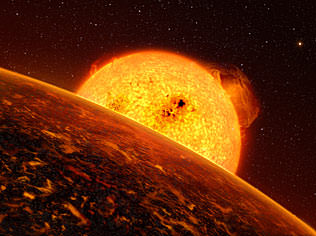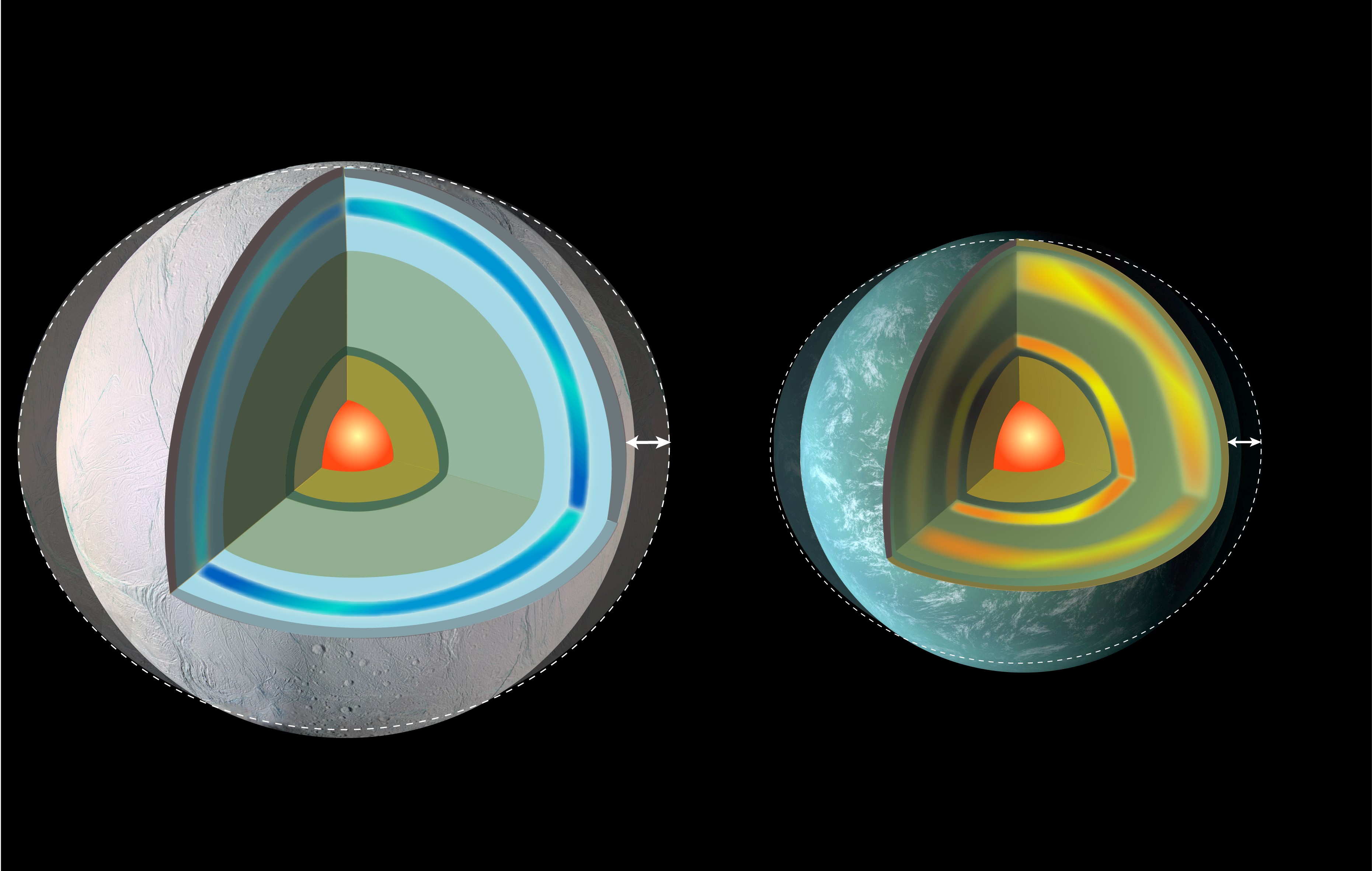If you’re a potentially habitable world orbiting in a zone where liquid water can exist — and then a rude gas giant planet happens to disturb your orbit — that could make it difficult or impossible for life to survive.
But even in the newly eccentric state, a new study based on simulations shows that the orbit can be made more circular again quite quickly, taking only a few hundred thousand years to accomplish. The key is the tidal forces the parent star exerts on the planet as it moves in its orbit, flexing the interior and slowing the planet down to a circular orbit.
“We found some unexpected good news for planets in vulnerable orbits,” stated Wade Henning, a University of Maryland scientist who led the work and who is working at NASA’s Goddard Space Flight Center in Maryland. “It turns out these planets will often experience just enough friction to move them out of harm’s way and into safer, more-circular orbits more quickly than previously predicted.“
The transition period wouldn’t be pretty, since NASA states the planets “would be driven close to the point of melting” or have a “nearly melted layer” on them. The interior could also host magma oceans, depending on how intense the friction is. But a softer planet flexes more easily, allowing it to generate heat, bleed that energy off into space and gradually settle into a circular orbit. When tidal heating ceases, then life could possibly take hold.

Another possibility is the eccentric orbit itself may be enough to keep life happy, at least for a while. If the planet is colder and stiffer, and orbiting far from its star, it’s possible the tidal flexing would serve as an energy source for life to survive.
Think of a situation like Europa near Jupiter, where some scientists believe the moon could have a subsurface ocean heated by interactions with the gas giant.
The model covers planets that are between the size of Earth and 2.5 times larger, and future studies will aim to see how layers in the planet change over time.
Source: NASA

